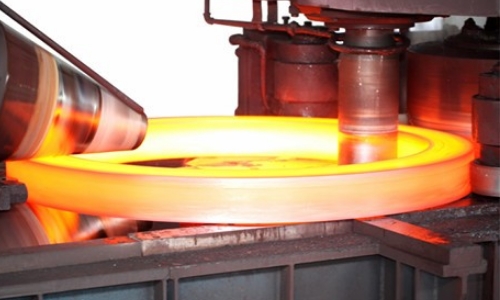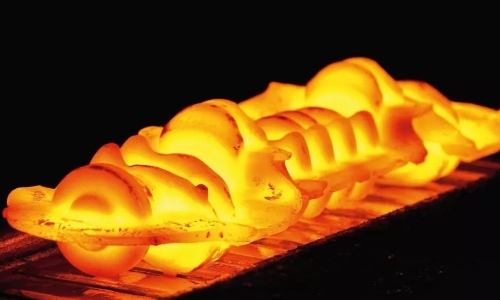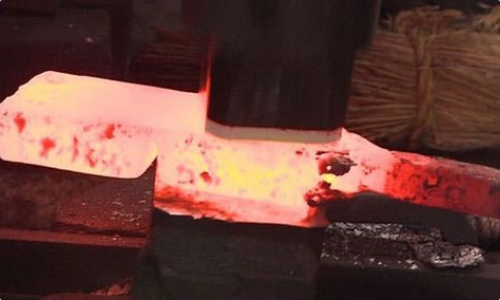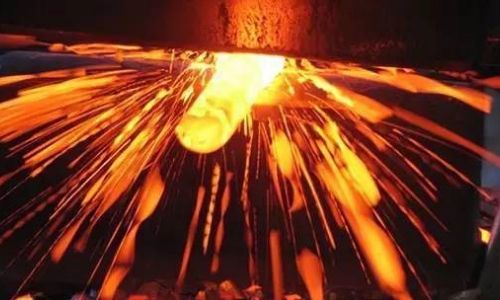Roll forging

Roll forging or roll forming is a forging technique that uses relatively rotating rolls to achieve metal forming. Although roll forging uses rolls to deform materials, it is classified as a metal forging process rather than a rolling process. Compared with metal rolling, roll forging is more similar to metal forging in that it is a discrete process rather than a continuous process. Roll forging is usually a hot forming process.
The precise geometry of the groove on the roll allows the part to be forged to the desired size. Rolls used to forge metal parts have forging geometry only on part of the perimeter. Forging a workpiece requires only one part of the complete rotation of the roll. In manufacturing, the forged geometry on the roll usually takes up between 1/4 and 3/4 of the circumference of the roll. The non-fluted part of the roll is used for workpiece feed. The workpiece length is limited by the size of the roll and the metal forming part of the roll.
First, the workpiece is fed between the rolls in the correct position. As the roll rotates, the workpiece is pulled into the roll gap. Pressure shapes the material into the desired shape as the workpiece passes through the groove part of the roll. Roll forging is often used in the automotive industry to produce various parts. Shafts, tools, hand tools and plate springs are often produced by this process.
Findtop's advantages in roll forging
We are building long-term strategic partnerships with leading global suppliers of roll forging technology and equipment. We use its self-developed patented technology to provide the best cost effective custom machined parts solutions from the Asian market. The whole procurement process is absolutely transparent. You can get the latest order information and progress updates in real time through our online order tracking system.




